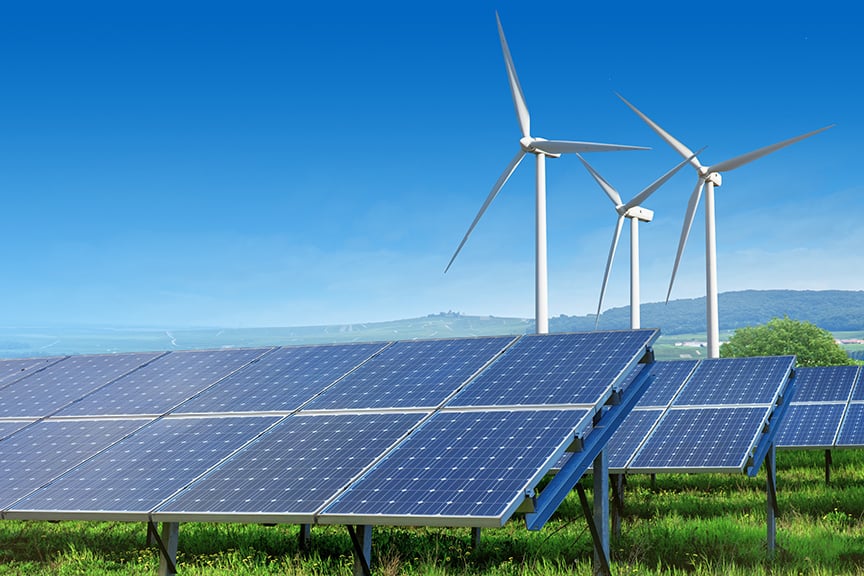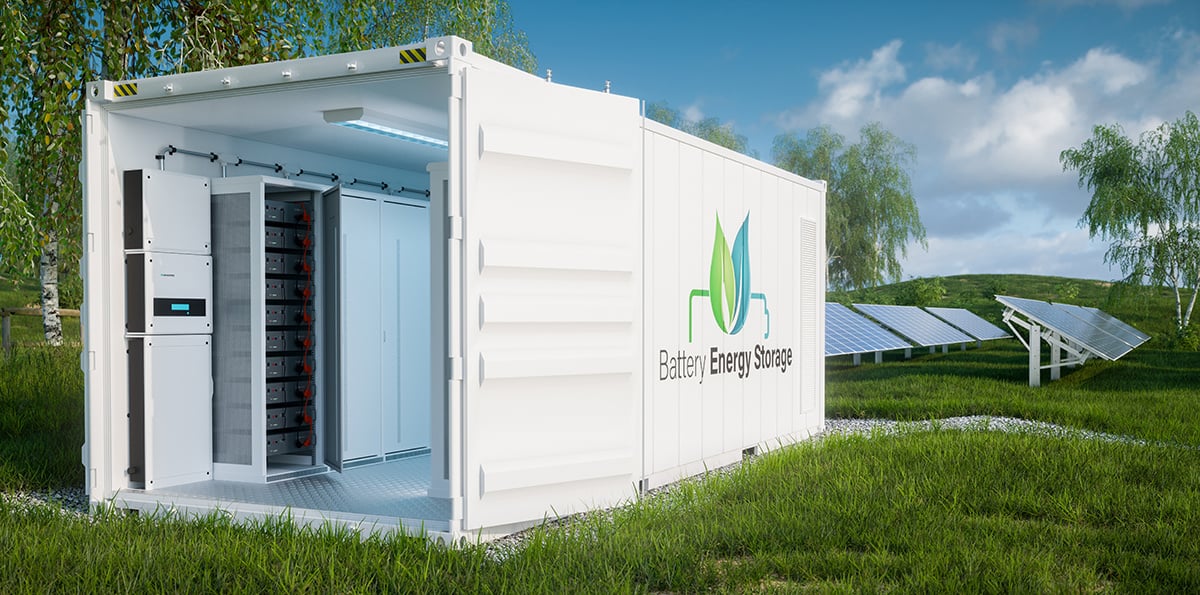Powering the Future: How Advanced Connectors are Shaping Residential Solar Systems
Concerns about climate change and sustainability are pushing more homeowners to switch to clean energy. For the past 20 years, solar energy has been the fastest-growing source of electricity worldwide. In the U.S., over 4.2 million single-family homes already have solar installations—a number expected to surge to 16.8 million by 2032, according to Statista.
Enabling Smarter and More Efficient Solar Energy Solutions
Residential photovoltaic (PV) installations have grown rapidly thanks to government support, advancements in smart technology, and lower installation and maintenance costs. Improvements like battery storage systems and smart utility meters offer homeowners greater energy independence and long-term savings. With utility rates on the rise, the financial benefits of going solar are more appealing than ever.
As residential solar systems increasingly incorporate battery storage, the need for reliable, efficient connector solutions becomes critical. New connector technologies are streamlining PV system design and installation, enhancing safety, and boosting power handling capabilities to meet the evolving needs of home energy storage systems.
Key Components of a Residential Solar System
Today’s solar systems include a sophisticated energy management system, battery management system (BMS) and smart meters to create a virtual power plant (VPP). A solar VPP is a network of interconnected solar panels, batteries, and smart devices that work together to generate, store, and manage electricity in a coordinated manner. Below are key solar system components defined:
- Solar Panels: converts sunlight into electricity using photovoltaic (PV) cells. These cells are made from semiconductor materials, typically silicon, which generate electric current when exposed to sunlight.
- Smart Inverters: convert the direct current (DC) generated by the solar panels into alternating current (AC), which is used by most household appliances. Options include string inverters, microinverters, and hybrid inverters with battery backup capabilities.
- Energy Management System (EMS): serving as the brain of the solar system, the EMS controls and monitors various components including regulating inverters, monitor energy production and managing charging/discharging cycles. In addition, the EMS helps manage the interaction between the solar system and the utility grid.
- Battery Management System (BMS): optimizes the performance, efficiency, and longevity of the battery storage components.
- Battery Storage: batteries, such as lithium-ion and solid-state batteries, store excess energy for use when solar production is low or during power outages.
- Smart Meters: integrated with a solar systems’ EMS, smart meters offer real-time information on energy consumption and production, allowing homeowners to monitor their solar system’s performance.

The Role of Connectors in Residential Solar Virtual Power Plants (VPPs)
The VPP control system allows these components to interact with the power grid, exporting excess power or using stored energy to reduce demand on the grid. This transforms residential solar systems into active energy management tools, enabling homeowners to participate in power demand response programs easily. During peak power demand periods, the system can automatically reduce household consumption by adjusting smart devices or drawing power from batteries instead of the grid. A VPP transforms residential solar systems from isolated power generators into active energy system.
High-Speed and High-Power Connectors for Smarter Solar Systems
Residential solar VPPs utilize AI and edge computing for real-time monitoring, predictive maintenance, enhanced grid integration, and a better customer experience. High-speed connectors support real-time data collection and analysis for these systems, while high-power connectors ensure the safe and efficient transfer of electricity between solar panels, inverters, batteries, and the grid.
In addition to high-speed connectors, high-power connectors are needed to handle high voltages and currents to facilitate the safe and efficient transfer of electricity between solar panels, inverters, energy storage batteries and the grid. When selecting connectors for a residential battery storage system, it's crucial to consider factors such as voltage rating, current capacity, environmental protection, and ease of installation.

Choosing the Right Connectors for Residential Battery Storage Systems
Selecting the right connectors for residential battery storage systems involves considering voltage rating, current capacity, environmental protection, and ease of installation. Hybrid connectors that combine signal and power into one are especially beneficial. They save PCB space, simplify design, and provide high-speed transmissions with noise prevention. They can be customized to meet the specific needs of a solar projects, such as the types and number of connections, impedance matching, signal integrity, and power distribution. Hybrid connectors streamline the design, integration, and maintenance of solar systems, enhancing their efficiency and ease of use. Hybrid connectors, like the FX23 Series, play a crucial role in facilitating communication and power transfer between different the inverter, EMS and BMS. By combining signal and power into one multi-functional connector, solar designers can add more functionality without sacrificing size or performance. Supporting PCle Gen.4, the FX23 Series supports up to 16Gbps.
Innovative Connector Solutions for Evolving Solar Applications
Residential Solar Growth and Innovation: As residential solar installations continue to grow due to advancements in technology and government incentives, the importance of reliable wiring, connectors, and electrical components cannot be overstated. Connector manufacturers are constantly innovating to keep up with market demand. High-power and high-speed connectors simplify designs, ease assemblies, and improve performance. With reliable, durable connectors that offer enhanced functionality in small, lightweight packages, the future of residential solar systems is brighter than ever.
connection point
Welcome to 'Connection Point' - your go-to spot for the latest in electronics. Here, we're all about connecting you with fresh ideas, engaging stories, and innovative solutions from Hirose Electric. Whether you're a tech enthusiast or an industry professional, there's something here for everyone.
Don't miss out on any of our updates – subscribe now and join our community of innovators and thinkers.
For more information on how Hirose Electric's connectors can transform your wearable device design, visit hirose.com or contact our team of experts today.
